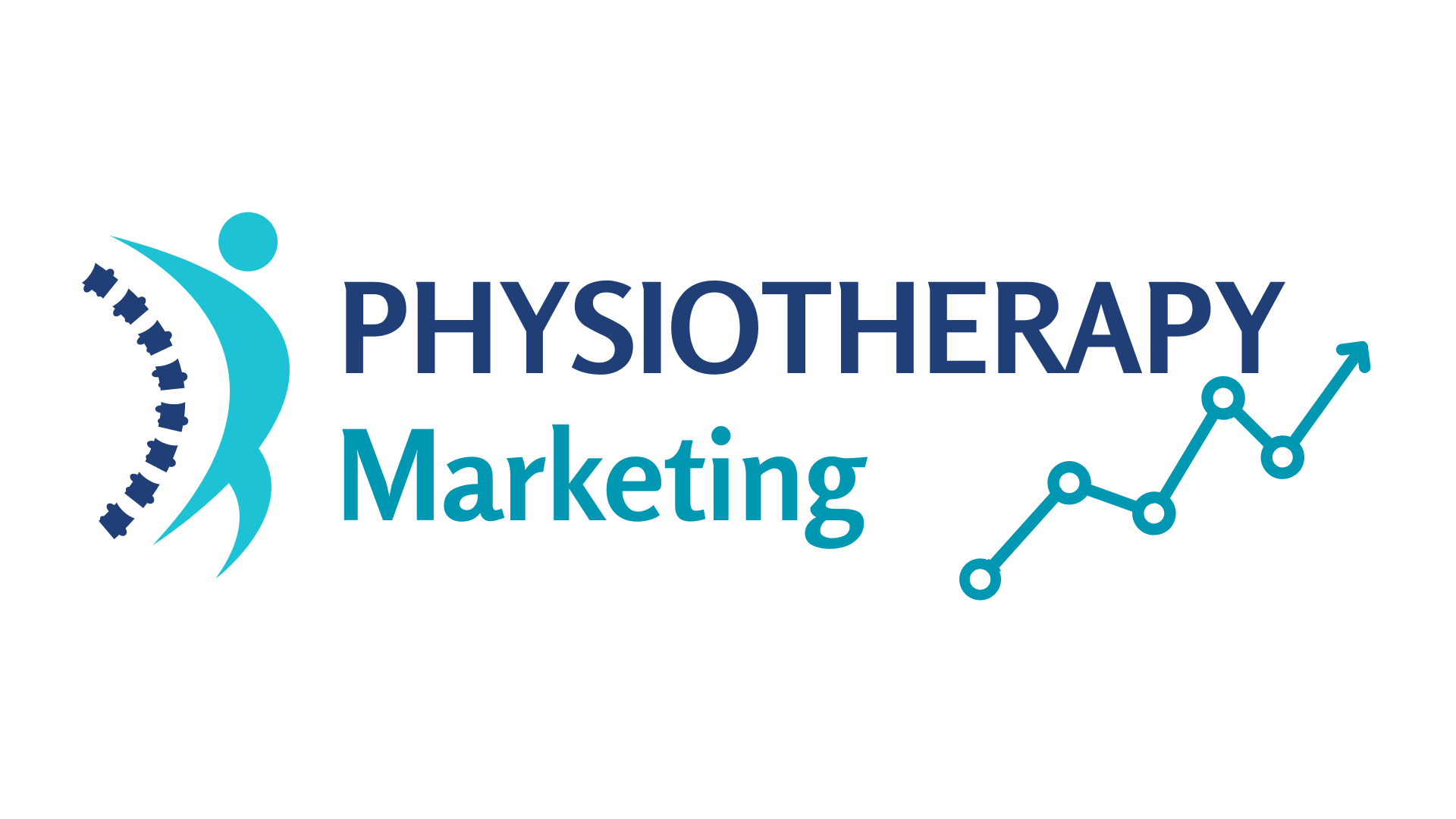
Introduction:
Understanding and effectively targeting your audience is crucial for a successful marketing strategy in the cutthroat industry of physiotherapy. You can target specific groups with customized messaging and services by segmenting your market, increasing your chances of luring and keeping customers. In this blog post, we'll discuss the value of market segmentation and offer helpful advice for physiotherapy practices looking to target their audience effectively.
Market segmentation is a process that involves dividing your target market into distinct groups based on particular traits like demographics, psychographics, behavior, or location. It has several advantages. Some essential benefits of market segmentation for physiotherapy services are listed below:
As a marketer, your goal must constantly be influencing the right decision-makers with the proper communication at the perfect time.
People with a propensity to engage or book are your target audience. Your target audiences could work in various business roles depending on your expertise.
Know How Targeting Audience
Know your audience – it’s the groundwork of any effective marketing campaign. The expression “knowing who you’re trying to reach” refers not only to considerate the needs of your audience but also to what they want and how they like to participate. This is significant, especially when opposing online, where everyone tries to ensure their brand is discoverable – and that their content is top of mind and relevant for their target audience. Understanding your target audience is pivotal to all your advertising efforts. It sits at the centre of any movement between your broader go-to-market strategy and personalization and marketing tactics.
Types of Target Audience
When we talk about types of targeting your audience, we're talking about more customs to outline who you're making a campaign for. You can segment your audience into clusters or describe them further using groupings such as:
Purchase intention
This raises clusters of people looking for detailed service and wanting to assemble more information before doing so. Some instances include clients booking a new schedule and usefulness. This data is necessary to direct your messaging to your audience better.
Interests
This is information about what people are into, like interests. Knowing this data helps you attach with your audience in an applicable way and extract clients' motivations and behaviors. For example, when the climate is warmer and road sprinting season begins, clients who enjoy road biking as a relaxation are likely most interested in new road bikes in the spring.
For example, you find many potential audiences interested in traveling. In that case, you can figure out how to use that communication in your marketing campaign to demand more possible clients.
Subculture
These are groups of individuals who classify with a piece of shared knowledge. An example of this would be a detailed music scene or category of entertainment. Individuals express themselves by subcultures; businesses can use those cultures to recognize who they're reaching out to.
An example of reaching a subculture is discerning how they narrate to your business, particularly if you have a large possible audience. For instance, Netflix markets to their subcultures, persons who watch specific types of content, using social media platforms focused on those subcultures.
As you've possibly guessed, coming up with a target audience involves some examination, which goes into fleshing out who you want to influence and how you can get there in a way that stands out from competitors.
If you're prepared to find yours, follow these steps below:
How To Find Your Target Audience?
Use Google Analytics to study more about your clients
Google Analytics is excellent for obtaining demographic details about your audience and their interests. With Google Analytics, you can see website insights broken into different sections, like age, gender, and location. These sections are labeled clearly on the dashboard and provide colourful interpretable graphs.
Look at social media analytics
When are your followers most involved with your social media frequencies?
Is it when you post a humorous meme on Instagram or produce a poll on Twitter? By looking at these questions, you can combine clues into what your audience is involved in, thus filling in one of the parts desired to find a target audience.
Every social frequency is different and has a diverse audience, so observing your analytics across all stages is essential. For example, Twitter tends to have an earlier audience, while Facebook tends to have an older one. On the same note, Twitter is based on short-form content; on Facebook, you can post long-form content and videos.
Instagram is a visually-based social media display place, so visually interesting content would flourish on the channel. Meaningful these things, you can begin to strategise your plan accordingly.
Analytics can tell you who is viewing your profile. Furthermore, they can tell you what's working and not working content-wise.
By posting content your audience is more attracted to, you can improve followers in your target market.
Enhanced Personalization:
You can tailor your communications, services, and treatment plans with a solid understanding of your audience segments. With your clients, this personalized approach promotes stronger relationships and helps foster trust.
Efficiency and ROI are increased. By concentrating your marketing efforts on specific demographic groups, you can make the most efficient use of your resources and boost your ROI. You can devote more resources and time to the channels and tactics most appealing to each audience segment.
Identifying Market Segments:
Consider the following elements to successfully segment your market: Age, gender, income, occupation, level of education, and family status are just a few of the demographic factors that can help us understand the needs and preferences of various client groups.
Using psychographics, analyze your target market's personality traits, values, attitudes, and lifestyle preferences. You can adjust your marketing messages to speak to their interests and motivations using this information.
Market segmentation allows you to examine and influence your targeted audience by separating large, similar markets into clearly recognizable segments. Clients can be identified and split up based on exact criteria or similar traits that lead them towards having the exact wants/needs concerning the products or services you offer.
If you look at Channel, the key to its success is targeting and segmenting its audience into three key areas – men, women, and children. Channel has also successfully targeted millennials and Gen Z.
One key factor related to consumer behaviour in the youth market is that they like buying from dependable and diverse brands; Channel fits this perfectly.
The following are some audience appearances worth considering when designing campaigns:
Demographics include age and gender (e.g., millennials and Gen Z).
Education level or profession type.
Geography controls where they live within a country.
Language thoughts.
Psychographic goals & motivations appointed through surveys conducted collaboratively.
Geographical Location:
Take into account variables like distance to your practice, characteristics of the neighbourhood, and regional preferences. Thanks to segmentation, you can target customers in your immediate or particular areas you want to serve.
After determining your market segments, it is time to develop targeted marketing messages specifically for each. Listed below are some suggestions for producing statements.
Create content tailored to each segment's needs, obstacles, and aspirations. Emphasize the aspects of your services that each group will find most valuable.
Content Marketing Strategy:
Use content marketing to inform and involve targeting your audience. Make educational blog posts, videos, and downloadable materials that address frequent queries and worries about physiotherapy. Share helpful advice, exercises, and success stories to demonstrate your expertise and establish your practice as a reliable resource.
Examine your potential customers' preferences, routines, and patterns of behaviour. For instance, you can determine which segments comprise athletes seeking sports rehabilitation or older citizens seeking to improve their mobility.
Address Pain Points:
Identify the particular issues or worries each segment may be experiencing, and then position your physiotherapy services as the answer to those problems or concerns.
Highlight Your Experience and Success Stories Concerning the Specific Needs of Each Segment to Demonstrate Your Relevant Expertise. This demonstrates your proficiency in handling their particular needs or objectives.
Online Advertising For Your Physiotherapy Clinics:
Use online advertising options like Google Ads or Facebook Ads to reach a specific audience. To maximize return on investment, establish particular campaign goals, write compelling ad copy, and optimize your campaigns. Monitor and evaluate the results of your advertisements to gradually improve your strategies.
Monitoring and Evaluating Results:
Track and assess the outcomes of your targeted marketing campaigns regularly. Measure the success of your segmentation strategy by looking at information from your website analytics, appointment bookings, and patient feedback. Based on the knowledge gained, make any necessary adjustments to improve your targeting strategy.
Conclusion:
A key element of successful marketing for physiotherapy practices is accurate market segmentation. You can improve your marketing strategy and reach the right customers by comprehending your audience, identifying market segments, developing targeted marketing messages, and continually evaluating your efforts. Your marketing campaigns will be more effective if you adopt a segmented strategy, increasing client acquisition and boosting patient satisfaction.
Understand before you communicate. The more you know about your target audience, the improved your chance of assembling your objectives. Think before you participate and apply key lead magnets; do not over-target, over-communicate, or over-optimize. Engrave when you interconnect with personas, but find that balance between appeal and personal privacy.
